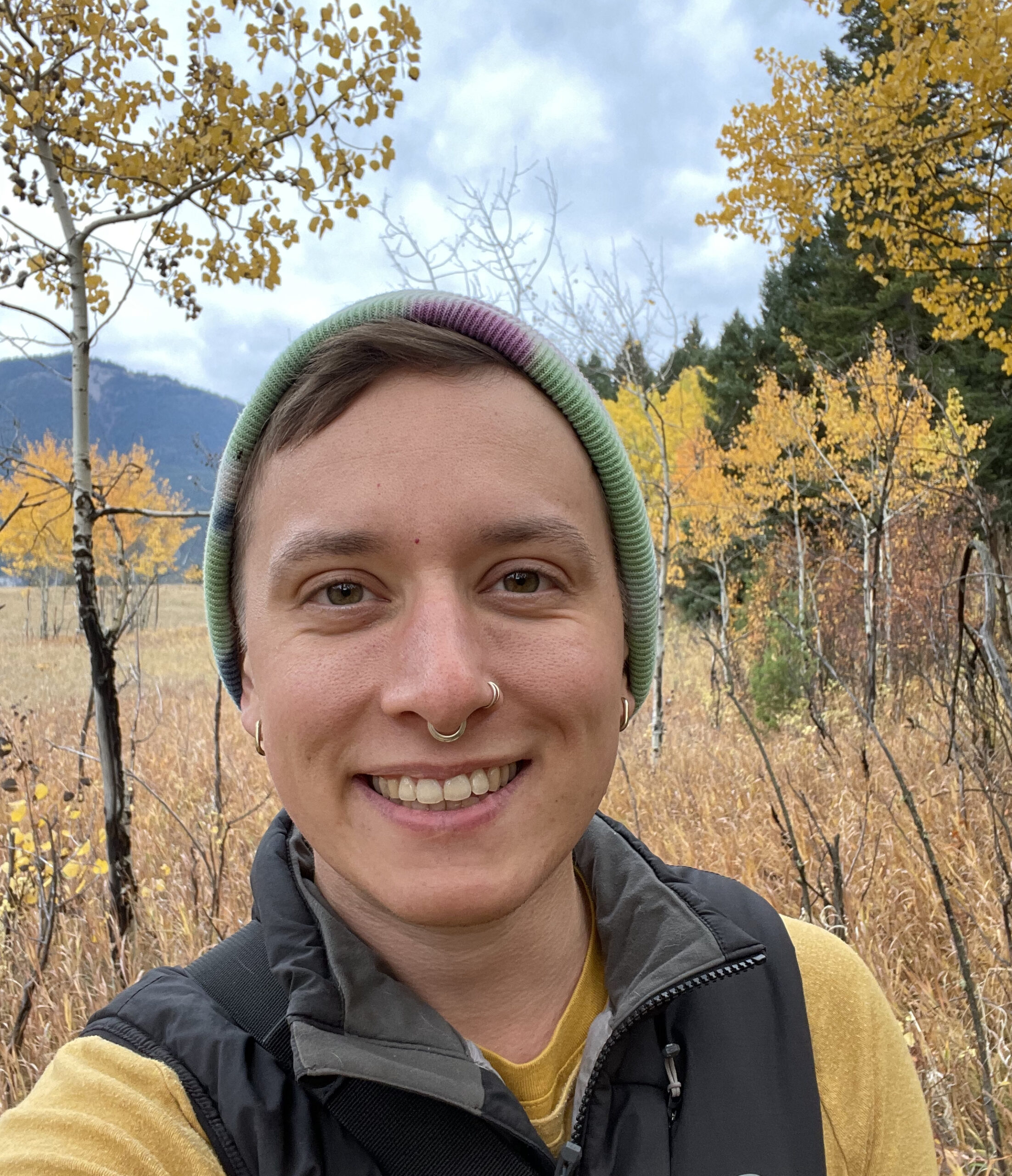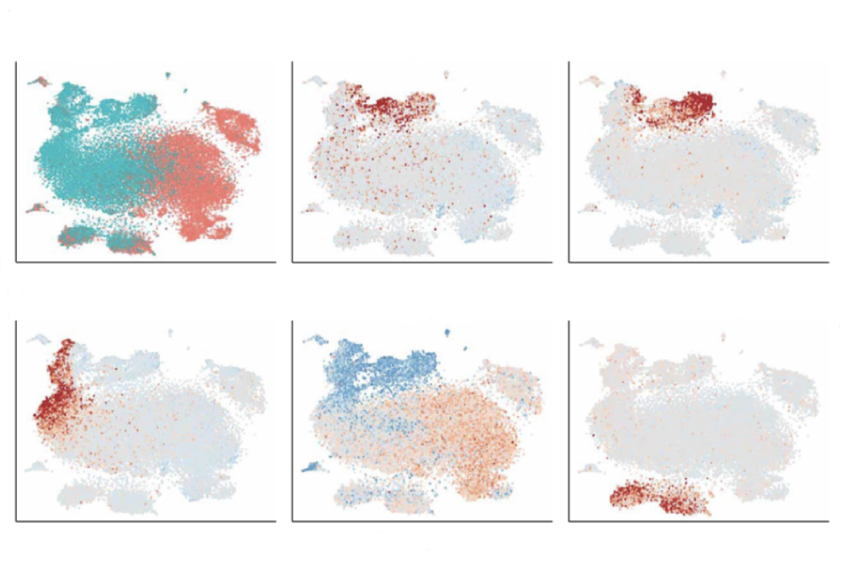Maris Fessenden is a freelance journalist and illustrator based in Bozeman, Montana. They report and write about scientific methods, genetics, health, wildlife and ecology, and the intersection of science and art.

Maris Fessenden
Contributing writer
Freelance
From this contributor
Lightweight system captures brain activity while mice jump
A thin “micro-tether” and rotating connector facilitate uninterrupted, hours-long neural population recordings as the animals freely explore their environment.
Lightweight system captures brain activity while mice jump
Atlas of developing brain reveals rainbow of cell types
An online resource reveals all major cell types in the developing human brain during the period in which autism is thought to arise.

Atlas of developing brain reveals rainbow of cell types
New method dramatically scales up mapping of active genes in cells
A new technique enables scientists to isolate, and chart gene expression in, tens of thousands of cells at once.

New method dramatically scales up mapping of active genes in cells
Online platform offers one-stop shop for studying brain circuits
A browser-based platform simulates functional neuronal circuits in the brain regions of several species.

Online platform offers one-stop shop for studying brain circuits
Database, lab tricks may crack secrets of the synapse
Two new resources may aid the study of synapses, the junctions between neurons.

Database, lab tricks may crack secrets of the synapse
Explore more from The Transmitter
Some facial expressions are less reflexive than previously thought
A countenance such as a grimace activates many of the same cortical pathways as voluntary facial movements.

Some facial expressions are less reflexive than previously thought
A countenance such as a grimace activates many of the same cortical pathways as voluntary facial movements.
Cracking the neural code for emotional states
Rather than act as a simple switchboard for innate behaviors, the hypothalamus encodes an animal's internal state, which influences behavior.

Cracking the neural code for emotional states
Rather than act as a simple switchboard for innate behaviors, the hypothalamus encodes an animal's internal state, which influences behavior.
Alex Maier argues that a scientific explanation of consciousness requires grounding in formalized mathematics
When it comes to discovering laws of nature for consciousness similar to those in physics, Maier argues that integrated information theory is the only game in town.
Alex Maier argues that a scientific explanation of consciousness requires grounding in formalized mathematics
When it comes to discovering laws of nature for consciousness similar to those in physics, Maier argues that integrated information theory is the only game in town.